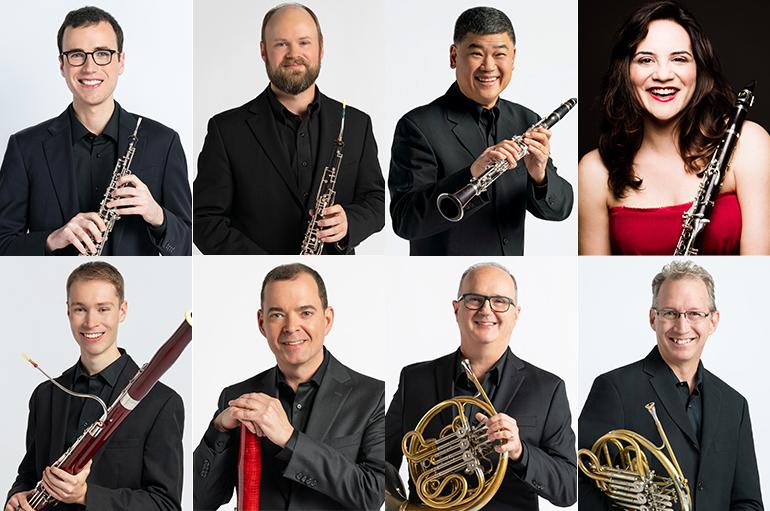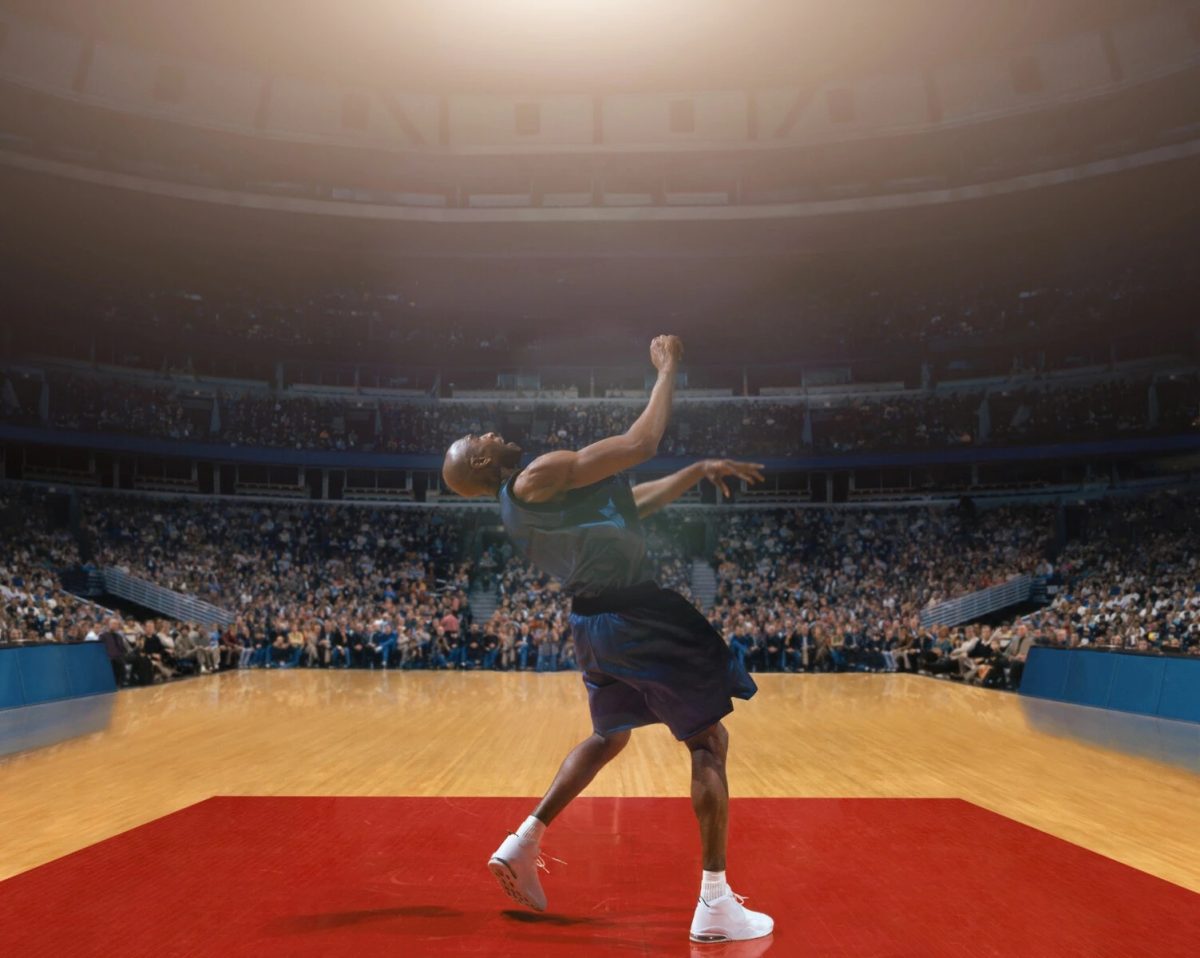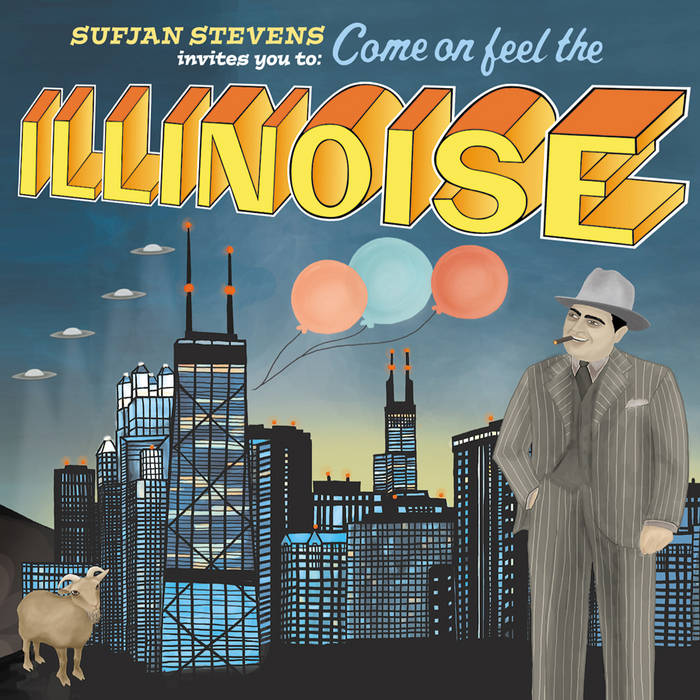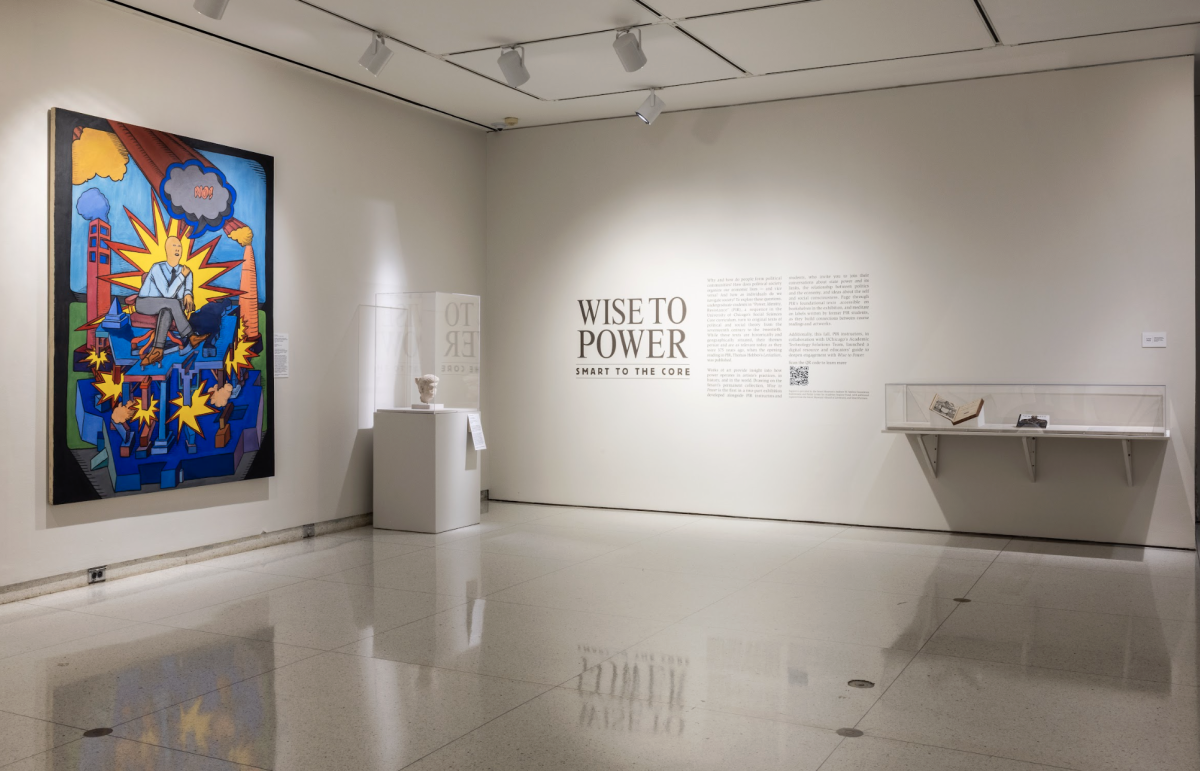How can art make us feel strong emotions like grief and horror, and why? This immensely complex question was the starting point for The Tragic Muse, the Smart Museum’s most recent exploration into our darkest emotions.
Comprised of a variety of paintings and sculptures from 1900 and before, the exhibit is a beautiful and smart sampling of pieces that address the relationship between art and emotional tragedy. According to Anne Leonard, the curator of the exhibition, the show was inspired by a number of new acquisitions for the Smart and was an attempt to have the new works interact with long-held pieces in the Museum’s permanent collection.
A group of Victorian paintings particularly epitomizes the kind of emotional and sentimental evolution that Leonard wanted the exhibit to explore. Anna Lea Merritt’s Ophelia was, for Leonard, an exceptional work that illustrates how art’s mediation of dark emotions has fundamentally changed.
“It is a sentimental portrait, but also particularly a painting that is completely outside of the realm of what we would today think of as ‘art.’” she said. “For me it was very interesting to put the kind of painting that people at the time would have responded to very strongly, from accounts that we know, against even older examples of strong emotional appeal and the 1900 examples.”
Leonard also collaborated with members of the University’s staff to develop the philosophical grounding of the exhibit. Glenn Most, professor of Social Thought and Greek Philosophy, Erin Nerstad, Ph.D. candidate in English, and Sarah Nooter, assistant professor of Classics, among others, contributed to much of the progression and thought behind the exhibit.
Beginning with pieces from the 1700s, The Tragic Muse is divided temporally and philosophically into four sections: Fate and Tragedy, Grief and Sentiment, Tragic Actors and Actresses, and Solitude and Melancholy.
The Fate and Tragedy portion of the exhibit not only illustrates the conventions of portraying tragedy and sadness, but also the ways in which artists from the time period drew inspiration from classical figures. A painting of the sacrifice of Polyxena demonstrates the 18th century’s interest in classical figures in relation to tragedy. A pale Polyxena lays down as her executioner, arm tensed, raises a knife to her breast. In a flurry of activity, the other figures in the composition shield their eyes in horror, anticipating the bloodshed that will come with the martyrdom of the heroine.
Moving away from the grandiose tragedy found in classical and Greek tradition, the Grief and Sentiment portion of the exhibit presents the heartbreak found in everyday Victorian life. For example, Joshua Mann’s painting “The Child’s Grave” (1857) picks up on sentimental culture and practices surrounding a family suffering through a child’s death. The bright, spring atmosphere and naturalistic rendering of the figures almost undermine the suffering of the family, but the viewer is ultimately led to empathize with the family members through their consoling gestures and the sadness evoked in their expressions.
The stage is another place in which tragedy is mediated and is an intriguing source of inspiration for artists. One of the loans which most impressed Leonard is Édouard Manet’s “The Tragic Actor” (a portrait of actor Philibert Rouvière as Hamlet) from the National Gallery of Art. In a sort of meta-representation, the solemn and somewhat austere portrait of Rouvière acts not only as a representation of Hamlet’s despair, but also a tribute to Rouvière, as he died while the painting was being finished.
In Solitude and Melancholy, the final section of The Tragic Muse, abstraction and solitary figures are frequently used to grapple with tragedy. From Picasso’s dark and brooding portrait of sculptor Joseph Cardona to Auguste Rodin’s contorted and pained bronze sculpture of Adam, artists near the turn of the century distanced themselves from typical tragic iconography and sentimental culture. The result, as the collection aptly demonstrates, is the creation of an entirely new method to depict human emotion.
It may be difficult to completely understand the emotions involved in something as extreme as martyrdom or beheadings. However, as The Tragic Muse and Leonard elucidate, these seemingly ineffable acts do have emotional value in artistic representation.
“These older works can seem so remote from us in some ways, but I think everyone can find something to grab onto,” Leonard said.








